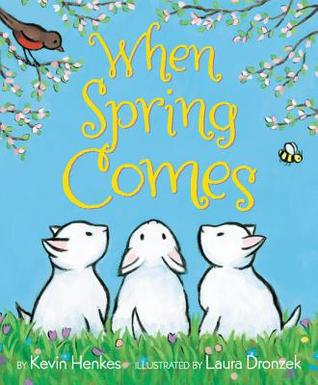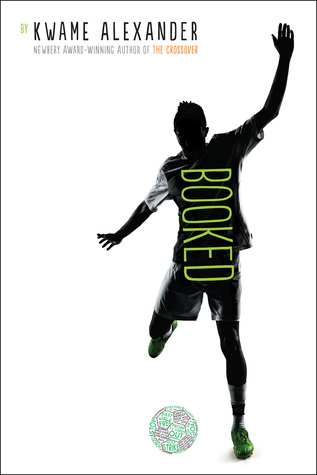The Honus Wagner baseball card is the most valuable baseball card of all time! But he was born poor, ugly, bow-legged, and more suited to shoveling coal in his Pennsylvania mining town than becoming the greatest shortstop of all time. How could it happen? Did those strong arms and fast legs turn him into a Pittsburgh Pirate and one of the game?s most unforgettable players? In this true story, Jane Yolen shows us that wit, talent, perseverance, and passion score more than home runs. As Honus would say, ?How about that!?
From the first pitch to the last out and all nine innings between, Douglas Florian’s collection of baseball poems brings wordplay, wit, and laughter to America’s springtime tradition. Featuring a mean-armed pitcher, a daisy-picking right fielder, and a lightning-swift base stealer, Poem Runs combines irresistible language and Florian’s signature child-friendly, bold illustration style in this celebration of the magic of baseball.
Legendary baseball manager Casey Stengel worked with such greats as Joe DiMaggio and Mickey Mantle; he led the New York Yankees to a record-breaking TEN pennants and SEVEN World Series in twelve years; he invented “platooning,” a way to use players that revolutionized the game; he was a prankster who became famous for sayings like “Everybody line up alphabetically according to your height.” The brains behind any baseball team is its manager . . . and here’s a picture-book biography about the best, most beloved and entertaining manager in history!
Lizzie Murphy was good at baseball. In fact, she was better than most of the boys. But she was born in 1900, and back then baseball was not a game for girls. Lizzie practiced with her brother anyway, and then she talked her way onto the local boys’ team, first as a batboy, then as a player. Everyone was impressed by her hard catches and fast pitches. By the time she turned fifteen, she was playing for two different amateur boys’ teams. When she turned eighteen, Lizzie did something else that women weren’t supposed to do: she signed up with a professional baseball team, determined to earn her living playing the game.
This is the moving story of how Jackie Robinson became the first black player on a Major League baseball team when he joined the Brooklyn Dodgers in the 1940s, and how on a fateful day in Cincinnati, Pee Wee Reese took a stand and declared Jackie his teammate. Illustrated with a blend of historic photographs and eloquent watercolors by Paul Bacon.
Ted Williams lived a life of dedication and passion. He was an ordinary kid who wanted one thing: to hit a baseball better than anyone else. So he practiced his swing every chance he got. He did fingertip push-ups. He ate a lot of food. He practiced his swing again. And then practiced it some more. From his days playing ball in North Park as a kid to his unmatched .406 season in 1941 to his heroic tours of duty as a fighter pilot in World War II and Korea, the story of Teddy Ballgame is the story of an American hero. In this engrossing biography, Matt Tavares makes Ted Williams’s life story accessible to a whole new generation of fans.
Shorty and his family, along with thousands of Japanese Americans, are sent to an internment camp after the attack on Pearl Harbor. Fighting the heat and dust of the desert, Shorty and his father decide to build a baseball diamond and form a league in order to boost the spirits of the internees. Shorty quickly learns that he is playing not only to win, but to gain dignity and self-respect as well. Baseball Saved Us ... will appeal again and again to readers who enjoy cheering for the underdog.



























































